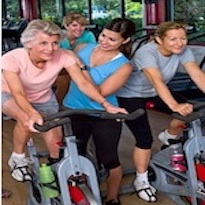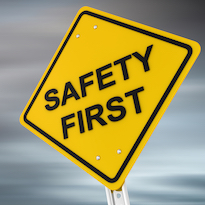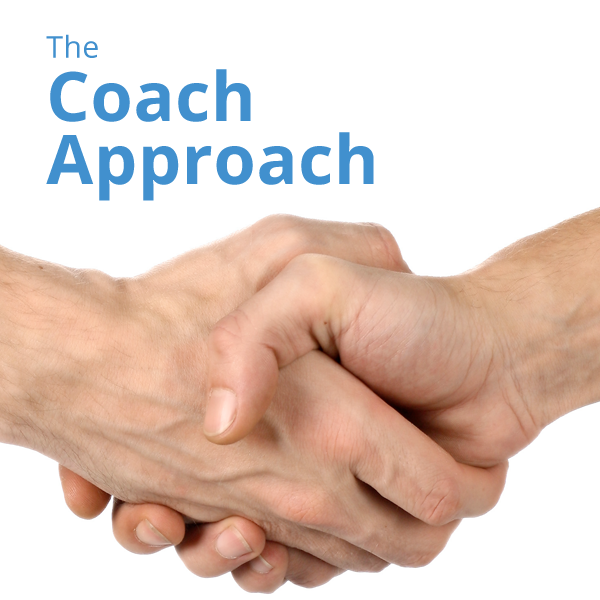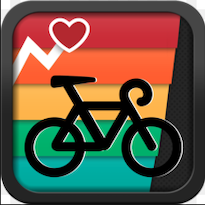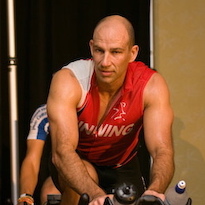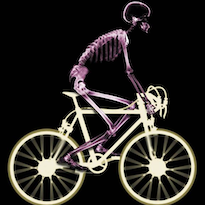The Wisdom of Dr. Seuss for the Indoor Cycling Instructor
“You’re off to great places! Today is your day! Your mountain is waiting, So…get on your way!” Here are 18 famous inspirational Dr. Seuss quotes to apply to what we do in our indoor cycling classes. Feel free to share this article with your club or studio!Read more…


